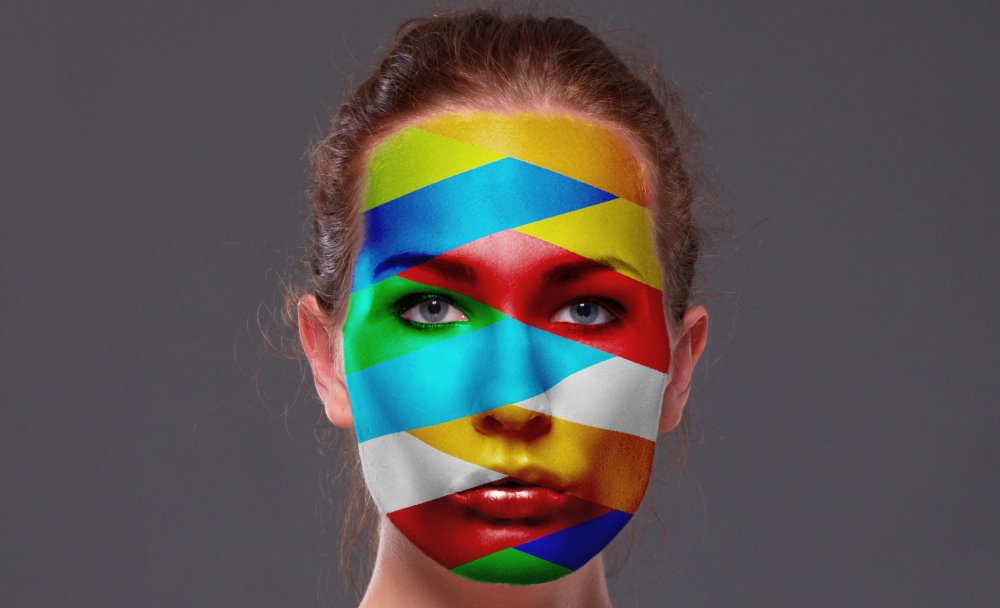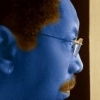Search the Community
Showing results for tags 'displacement'.
-
I don't really have any other information about this other than the title. Sometimes loading displacement maps work, others it causes the app to crash instantaneously. I'm making my own maps using the same technique for all and saving in the same format, TIFF 8bit greyscale. No point in attaching the files that cause crashes since it seems to happen at random, sometimes the exact same files crash the app while other times it works just fine. I have however attached the latest crash report, which happened with a displacement map. It might help narrow down the cause. Thanks! EDIT: I was just fiddling around and it seems like saving the displacement maps as JPEG instead of TIFF reduces the amount of crashes. Might just be a coincident too. f831d2b6-6567-487b-9d67-b5a32cddc877.dmp attachment_Log.txt
- 7 replies
-
- displacement
- displacement map
-
(and 1 more)
Tagged with:
-
Affinity Photo Tutorial | In this video, We are going to show you, How to "Paint" a graphics onto the face in Affinity Photo.
-
- face paint
- paint on face
-
(and 4 more)
Tagged with:
-
I am attempting to emulate a tutorial on displacement mapming performed with affinity Photo desktop, on my iPads Affinity Photo. Method. New canvas 2400x2400mm divided into 200x2400mm slices. Make first slice wth rectangle tool, add black to white gradient (tilt gradient slightly) and copy 12 times. Finish with a 2400x2400 image comprising 12 x 200mm Gradients side by side. Simple so far. Issue 1: Exporting this file takes ages and eventually produces a jpg file of over 280mb size. Attempting to reopen this jpg file crashes Affinity. Issue 2: After placing an image in the original 'gradient map .afphoto file, any further actions 'appear' to lock up AP, though in realty I think it is still working, just very very very slowly as the spinning gear is evident. Edit: still spinning 2hrs later Is this processing 'beyond' the iPads capability or is it a limitation/bug with Displacement filter and gradients in AP for iPad? Here is a screen shot of the offending file.
- 2 replies
-
- displacement
- ipad
-
(and 1 more)
Tagged with:
-
Hi everyone! I have a question about using displacement tool and screen mode for blending a new layer with an underlaying layer. It is possible to make fake graffiti art's on walls with these two tools. Using these tools to make a fake tattoo on a skin. There are many video's for photoshop about making fake tattoo's. But it is different to Affinity. I was wondering if someone knows the answers for making fake tattoo's. My second question is about using screen mode. It automatically makes my text white. Is it possible to change that to black or an other color? Thanks in advance! Joran
-
Hello, fellow Affinity lovers! Recently I was working on a rather curious project. The main idea was to have an 'ordered disorder'. Everything, except for the first picture (had a photo to work with), was created from scratch. Nothing but Affinity Designer and Photo was used. — LINK TO THE BEHANCE PROJECT — Let me know what you think!
- 5 replies
-
- noise
- distortion
-
(and 1 more)
Tagged with:
-
Since the Focus Merge process must determine the Z order of the photos and which pixel to use from which image, that means that it is implicitly reconstructing depth information for each pixel anyway. It would be nice to have access to this data, either for further editing (such as enhancing perceived depth by applying color correction), or even to use it, say, as a displacement map in 3D-capable software to generate a textured 3D model from the image. I'd suggest a simple "Generate Depth Map" check box in the Focus Merge dialog box that would then lead to Focus Merge outputting a grayscale depth map as either a separate layer or a channel.
-
- Depth Map
- Focus Merge
-
(and 2 more)
Tagged with:
-
Hello, First of all, thanks for all the great tutorial videos, they are a great help. I have watched and tried to follow the instructions in the Displacement Tutorial. Everything worked as shown until I try to change the blend mode. In the video the blend mode is set from normal to screen and the text changes from black to white. However when I try to do this the text goes from black to clear, in other words, it disappears. I can't see that I missed any settings so whee am I going wrong ? Thanks. Joe
- 5 replies
-
- displacement
- tutorial
-
(and 3 more)
Tagged with:
-
The tutorials for Affinity Photo are excellent. I would love to see a video tutorial on displacement mapping using AP. From everything I've seen on other techniques and methods, AP consistently seems to do things easier and faster (fewer steps) than the PS methods. I hope the AP staff will make a video.





